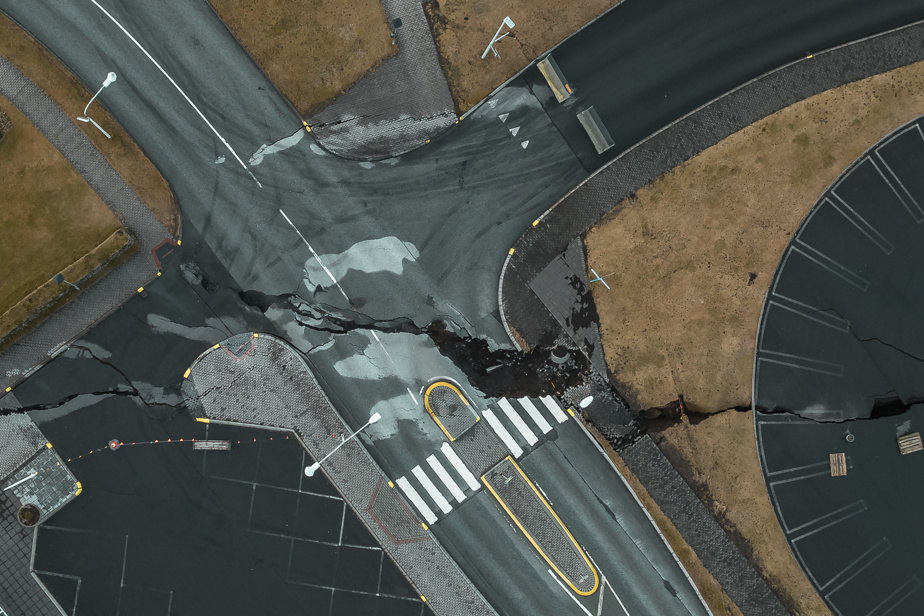(Reykjavik) Icelandic authorities announced Wednesday that they were considering spraying water on the lava that would emerge in the event of a volcanic eruption, in order to cool it and protect the city of Grindavik.
The fishing port of some 4,000 inhabitants on the Reykjanes peninsula was evacuated on November 11, after hundreds of earthquakes caused by the movement of magma under the earth’s crust – a precursor to a volcanic eruption.
Civil protection authorities and European experts will evaluate the possibility of “using a large volume of water to cool the lava and protect the town of Grindavik and important infrastructure”, said Vidir Reynisson, head of protection civil and emergency management in Iceland during a press conference.
Iceland already used this process in 1973, when a fissure opened 150 meters from the town center of the island of Heimaey, surprising residents at dawn.
They were then able to slow down and control the movement of the lava.
“A technical assessment team will arrive in Iceland this evening or tomorrow morning and they will help us examine the possibilities,” Reynisson said.
Iceland has 33 volcanic systems, the most in Europe, and experiences eruptions every four to five years on average.
Three eruptions took place near Fagradalsfjall on the Reykjanes Peninsula, in March 2021, August 2022 and July 2023.
Grindavik is located near the Svartsengi geothermal power station, the main supplier of electricity and water to the peninsula’s 30,000 inhabitants, and an important freshwater reservoir.
The city is also close to the Blue Lagoon, a tourist site famous for its geothermal spas, which was closed as a precaution.
Located in the North Atlantic, Iceland straddles the Mid-Atlantic Ridge, a fissure in the ocean floor that separates the Eurasian and North American tectonic plates.
